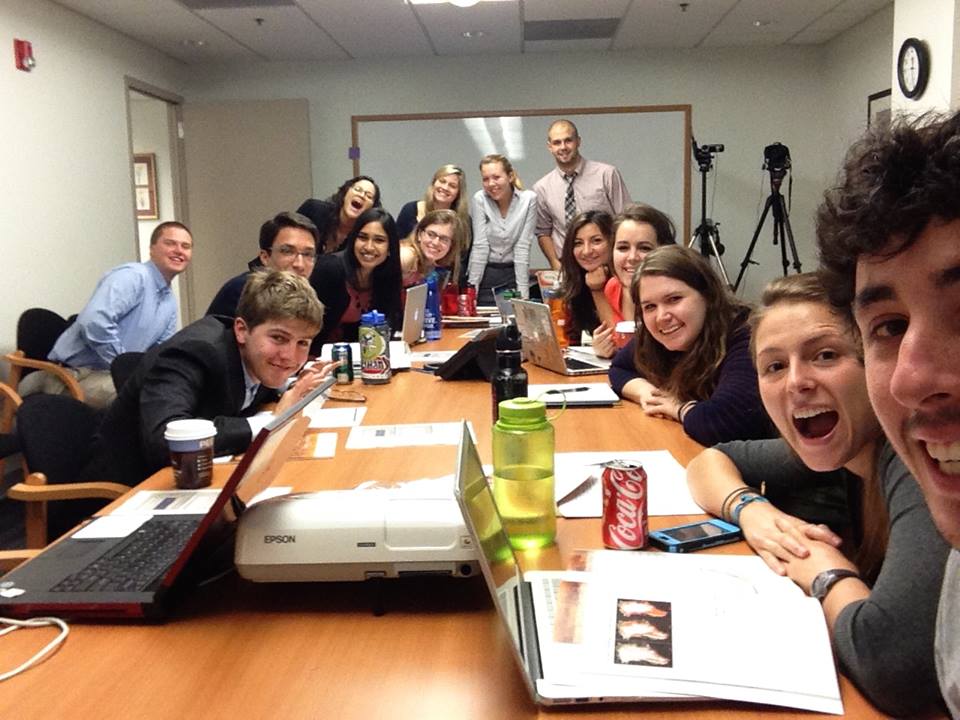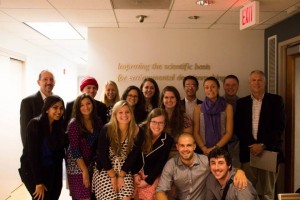By Maeve Hogel
A week ago today, we had the opportunity to spend two days in Washington D.C., listening to and learning from many incredible people working in the climate change field. By the end of the second day, I was exhausted and my attention span had been shot. However, our last speaker, Keya Chatterjee from the WWF, said something that caught my attention and has kept me thinking since then. She said that information doesn’t change people. She explained that those people out there who still don’t believe in climate change have already seen the graphs and the statistics and presenting them with more information won’t make them a believer. So then what can we do to get people to care about climate change? According to Keya, the answer lies in music, movies and T.V.
Music, historically, has been a powerful medium to represent cultures and time periods. Recently it has been used to make much more obvious political statements. Macklemore and Ryan Lewis played their hit Same Love at the 2014 Grammys, showing their support for equal marriage to an audience 28.5 million viewers. Similarly, Puerto Rican band Calle 13 has spread the word about the struggles in Latin America through many of their songs, including their recent release of El Aguante. Meaning ‘Endurance’ in English, the song discusses all of the things humans have endured through, from Pompeii to Hitler to Hiroshima. However, despite a comment about severe weather events and a jab at Monsanto, environmental issues are left out of Calle 13’s new song. Which leads to me ask, is the issue of climate change not conducive to songs and movies or do people just not care enough to talk about it in those mediums yet?
My guess is the second. I still think information is important; I firmly believe that education is a key component of solutions to most problems. However, when it comes to climate change, there seems to be a whole lot of people who know the information, but just don’t really care. People do, however, care a lot about music, movies and T.V.




